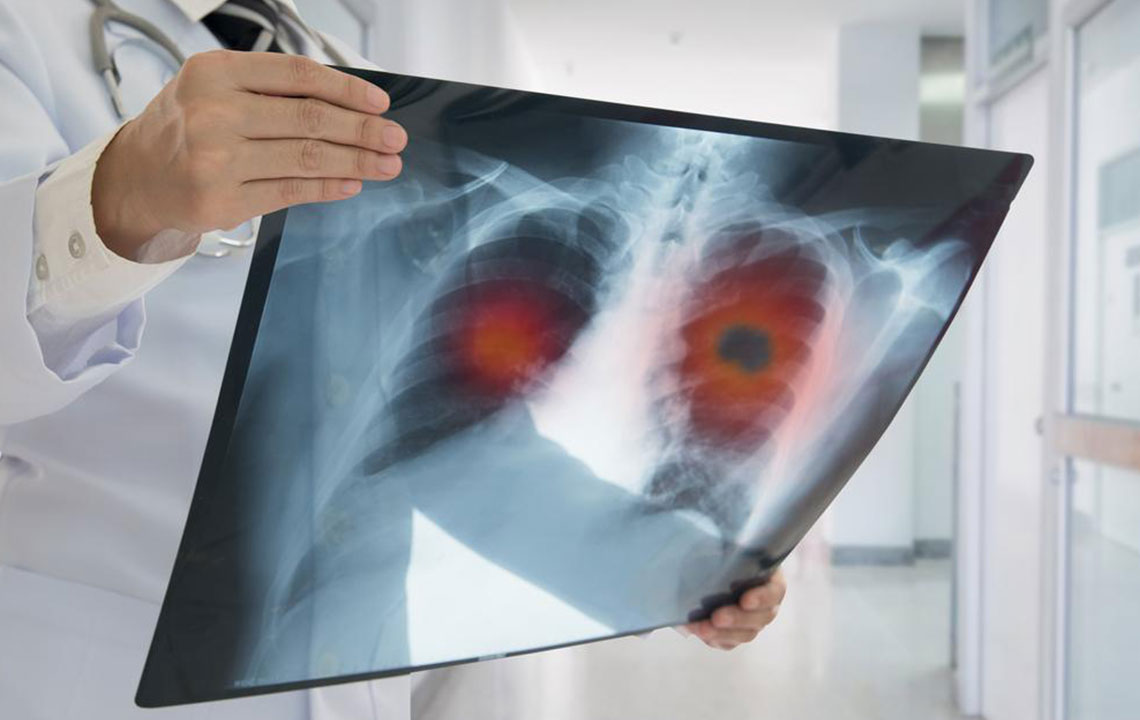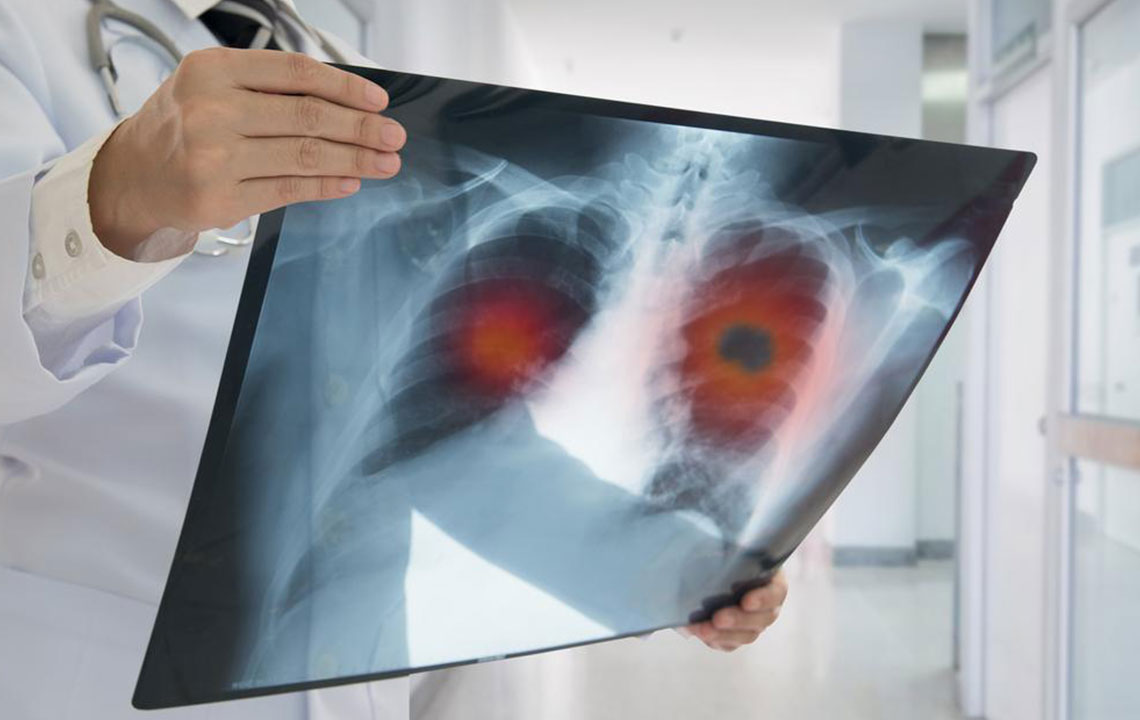Comprehensive Guide to Non-Small Cell Lung Carcinoma: Symptoms, Diagnosis, and Treatment Strategies
This comprehensive article explores non-small cell lung carcinoma (NSCLC), detailing its subtypes, early symptoms, diagnostic methods, and diverse treatment options. Emphasizing early detection and personalized therapies, it underscores the importance of awareness and ongoing research to improve outcomes for lung cancer patients. Supporting resources are also discussed to aid patients through their treatment journey.

Comprehensive Guide to Non-Small Cell Lung Carcinoma: Symptoms, Diagnosis, and Treatment Strategies
Non-small cell lung carcinoma (NSCLC) is a prevalent form of lung cancer that accounts for approximately 85% of all lung cancer cases worldwide. It develops when abnormal lung cells undergo uncontrolled growth, forming tumors that can invade nearby tissues and potentially spread to other parts of the body. Understanding the different subtypes, early symptoms, diagnostic procedures, and available treatments for NSCLC is vital for enhancing patient outcomes and advancing lung cancer management.
NSCLC encompasses several histological subtypes, each with distinct characteristics and treatment considerations. The three primary subtypes include adenocarcinoma, squamous cell carcinoma, and large cell carcinoma. Recognizing these types and their typical presentation is crucial for timely diagnosis and effective therapy.
Adenocarcinoma
As the most common subtype, adenocarcinoma typically originates in the peripheral regions of the lungs. It predominantly affects non-smokers but remains the most prevalent type among smokers as well. This form tends to grow slowly, which often allows for earlier detection, and is more common in women and younger patients. It frequently metastasizes to other organs if not diagnosed promptly.
This form of cancer has a significant impact on women and younger populations, underscoring the importance of awareness and early screening.
Squamous Cell Carcinoma
Accounting for approximately 20-30% of lung cancer cases, squamous cell carcinoma originates from the flat, scale-like epithelial cells lining the airways. Typically associated with a history of smoking, it is commonly situated centrally within the lungs affecting the larger airways. Due to its location, symptoms often relate to airway obstruction or bleeding, and it tends to grow locally before spreading.
Large Cell Carcinoma
Representing about 10-15% of NSCLC cases, large cell carcinoma is characterized by rapid growth and a high degree of invasiveness. It can develop in any part of the lungs, which complicates early detection and treatment. Its aggressive nature often leads to a poorer prognosis when diagnosed at an advanced stage.
Early diagnosis remains the cornerstone of successful NSCLC treatment. Recognizing the subtle and often overlooked signs of early lung cancer can significantly improve survival rates. Advances in imaging, biomarkers, and genetic profiling have revolutionized screening and personalized treatment, making it increasingly possible to detect and manage NSCLC effectively.
Recognizing Common Signs and Symptoms of NSCLC
Persistent cough that persists beyond a few weeks, particularly when it worsens or changes in character, even in non-smokers. This symptom often prompts further investigation.
Unintentional and unexplained weight loss is frequently associated with advanced disease and warrants comprehensive evaluation.
Neurological symptoms, such as persistent headaches, seizures, limb numbness, or weakness, may indicate metastasis to the brain or nervous system, requiring urgent medical attention.
Chronic fatigue that does not improve with rest, especially when coupled with respiratory or systemic symptoms, should be assessed by healthcare professionals.
Modern Treatment Options for NSCLC
The management of NSCLC includes a multidisciplinary approach, combining surgery, chemotherapy, radiation therapy, targeted therapy, and immunotherapy. Early-stage tumors are often treated with surgical resection, potentially curative if caught early. For advanced stages, targeted therapies and immunotherapies have shown remarkable efficacy in prolonging survival and improving quality of life.
Targeted therapy involves drugs designed to attack specific genetic mutations or proteins driving cancer growth, such as EGFR, ALK, or ROS1 mutations. These treatments offer more precise action with fewer side effects compared to conventional chemotherapy. For some patients, combination therapies that incorporate immunotherapy agents like checkpoint inhibitors have demonstrated significant benefits.
Research continues into novel therapies, including gene editing and personalized medicine, aiming to increase the success rate of NSCLC treatment. Participating in clinical trials can provide access to cutting-edge treatments and contribute to future advancements in lung cancer care.
Support services are integral to comprehensive care. Patients and their families can access emotional support, financial aid, transportation services, housing assistance, children's support, and home care resources through various healthcare programs and advocacy organizations. These services help address the holistic needs of patients battling NSCLC, improving their overall well-being during treatment and recovery.





